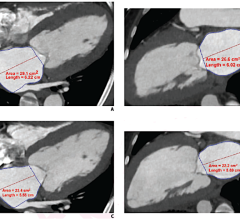Routine use of five simple, evidence-based interventions essentially eliminated catheter-related bloodstream infections in 103 intensive-care units at 67 hospitals over an 18-month period, according to a study in the New England Journal of Medicine.
The interventions were the washing of hands; using full-barrier precautions during insertion of central venous catheters; cleansing the catheter insertion site with chlorhexidine; avoiding femoral vein catheter sites; and removing unnecessary catheters.
The median infection rate at participating hospitals was zero during each quarter of the study, said Peter Pronovost, the report’s lead author and a professor of anesthesiology and critical-care medicine at Johns Hopkins University.
“There were no new costs for this program. There was no new staff or no new technology. It was pretty basic stuff,” Pronovost said. Central venous catheters cause about 80,000 bloodstream infections each year, killing an estimated 28,000 people and costing some $2.3 billion, according to the report.
The participating hospitals were located predominantly in Michigan, and the study was conducted by researchers at Johns Hopkins and the Michigan Health and Hospital Association’s Keystone Center for Patient Safety & Quality.


 February 01, 2024
February 01, 2024 








